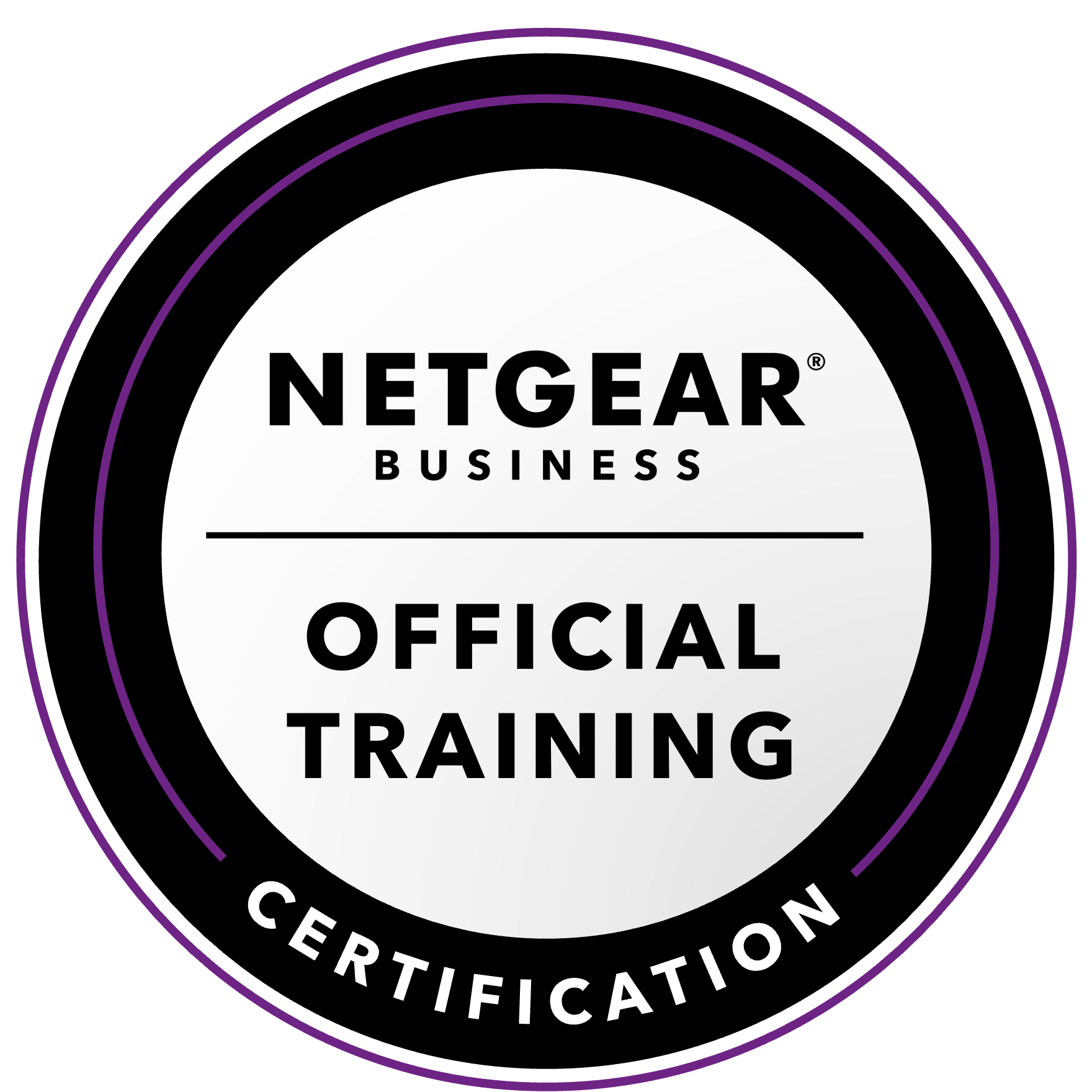NETGEAR is aware of a growing number of phone and online scams. To learn how to stay safe click here.
Forum Discussion
LenzDan
Jun 27, 2024Aspirant
ReadyNAS 104: Upgrade RAID5 Space - NO X-RAID
Dear all,
I am using an RN104 with OS6.9.6 for quite some years now, with 3x3TB and 1x4TB installed.
Now i am thinking of expanding the space and exchanging the 3x3TB with 3x4TB.
I have a RAID5 (X-RAID is OFF), so one HDD is for protection.
As i am not sure and have no possibility of backing up all my NAS data (would take additional costs for external HDD and a buttload of time copying... 😄 ), i wanted to ask the following:
Can i simply hot swap 3TB with 4TB one by one without needing to worry about backupping my data?
So swap the first 3TB with a 4TB, wait for the resync/rebuild, and then swap the next one, etc and have no data loss?
Thank you very much in advance to everybody trying to help/explain.
Kind regards,
Daniel
4 Replies
Replies have been turned off for this discussion
- StephenBGuru - Experienced User
LenzDan wrote:I have a RAID5 (X-RAID is OFF), so one HDD is for protection.
X-RAID also offers single redundancy, so it offers you the same protection you have with FlexRAID RAID-5. X-RAID is just a management layer built on top of standard Linux software RAID.
So you might consider turning X-RAID back on again. It would let you use mixed disk sizes - for instance
- 2x8TB+1x4TB + 1x3TB , giving you a 15 TB volume (compared with 9 TB with RAID-5).
- Or 2x8TB+2x4TB, giving you 16 TB (compared with 12 TB with RAID-5).
Getting a pair of larger disks first, and then replacing the remaining smaller disks with larger disks (one at a time) later on is almost always the most cost-effective way to expand.
In your case, you are in the US, you'll spend about $300 for three suitable 4 TB drives. You gain 3 TB of space, so you are spending $100/TB.
With X-RAID, Two 8 TB drives would cost about $360, and gain you 6 TB of space. So only $60/TB. Then adding third 8 TB drive later on would expand the volume by another 5 TB - costing only $36/TB at current disk prices.
Note you need to turn it on before you expand the current volume - the NAS won't let you do it afterwards.
LenzDan wrote:
As i am not sure and have no possibility of backing up all my NAS data (would take additional costs for external HDD and a buttload of time copying... 😄 )
Netgear recommends backing up before manipulating disks - and I agree. The volume is not protected during expansion, so if a disk fails during the process you will lost the data.
FWIW, RAID simply isn't enough to keep your data safe. If you don't have a backup plan in place, you will at some point lose your data - it's just a matter of time.
LenzDan wrote:
Can i simply hot swap 3TB with 4TB one by one
So swap the first 3TB with a 4TB, wait for the resync/rebuild, and then swap the next one, etc
That is the process. Avoiding data loss is not guaranteed, as noted above.
I recommend either WD Red Plus disks or Seagate Ironwolf for your NAS. Don't get the WD Red model, as it uses SMR (shingled magnetic recording). Most desktop drives (barracuda, etc) in this size range also use SMR. That technology doesn't work very well with your ReadyNAS and should be avoided.
I recommend testing the new disks in a PC first, using vendor tools (Seatools for Seagate, Dashboard for Western Digital). Run the full test, not just the confidence test. With Seatools I run the full write-zeros test as well, as I have had some disks pass the non-destructive read test, but fail the write-zeros test (and vice versa).
You might also want to run the NAS disk test on your existing disks before you begin (using the test on the volume settings wheel). That will do a full test also, and will take some time to complete.
This pre-testing would reduce the odds of data loss.
- LenzDanAspirant
Hey Stephen,
thanks for the comprehensive reply!
Can i simply turn on X-RAID without losing data or having to reformat/resync my volumes?
Is there a formula on how to calculate the available volume space with X-RAID?
Would i be able to gain space in my current config just by turnin on X-RAID?
Not from the US btw 🙂
BR
Daniel
- SandsharkSensei
If you've not previously vertically expanded your volume, you just turn XRAID on and you'll lose no data. If you have expanded, then it will simply refuse, and you'll still lose no data. Turning on XRAID doesn't change the volume itself in any way, it simply enables the OS managing the RAIDs instead of you having to. If you have a situation that once XRAID is turned on, there is room for expansion, then that would happen immediately. But you don't.
The basic rule for XRAID size is "sum of the drives minus the largest". When expanding, there can be some exceptions and it's smaller. Netgear has taken down their XRAID size calculator.
Related Content
NETGEAR Academy

Boost your skills with the Netgear Academy - Get trained, certified and stay ahead with the latest Netgear technology!
Join Us!
